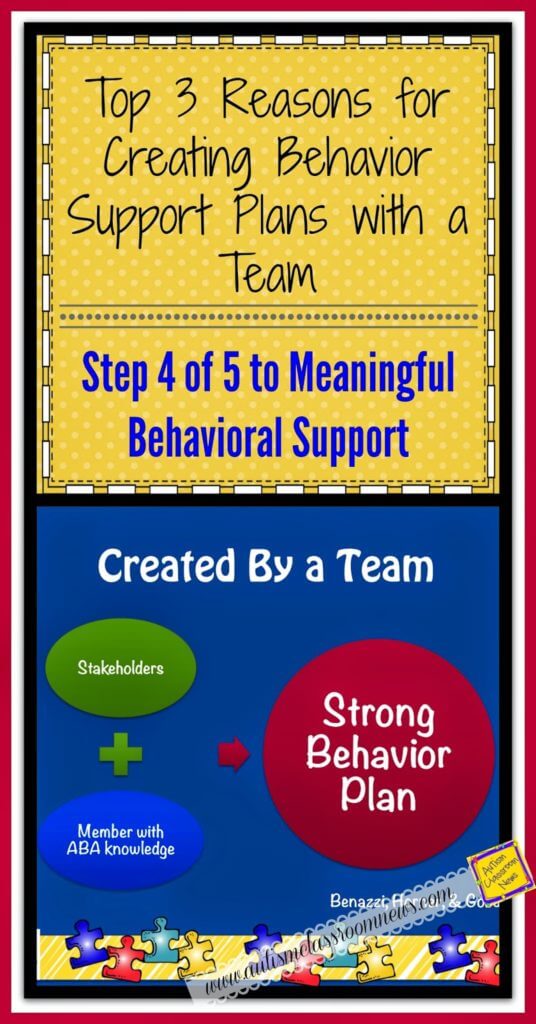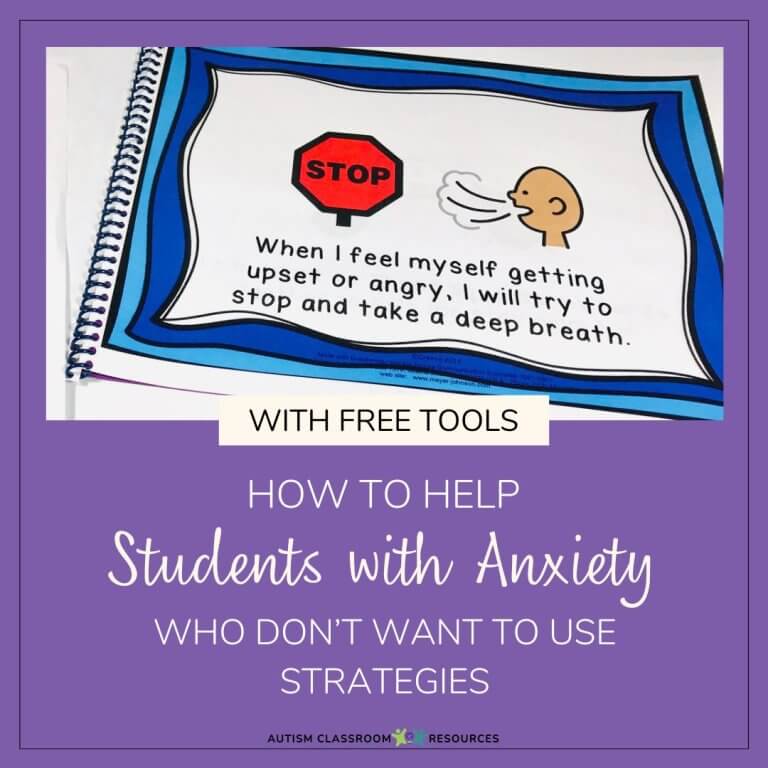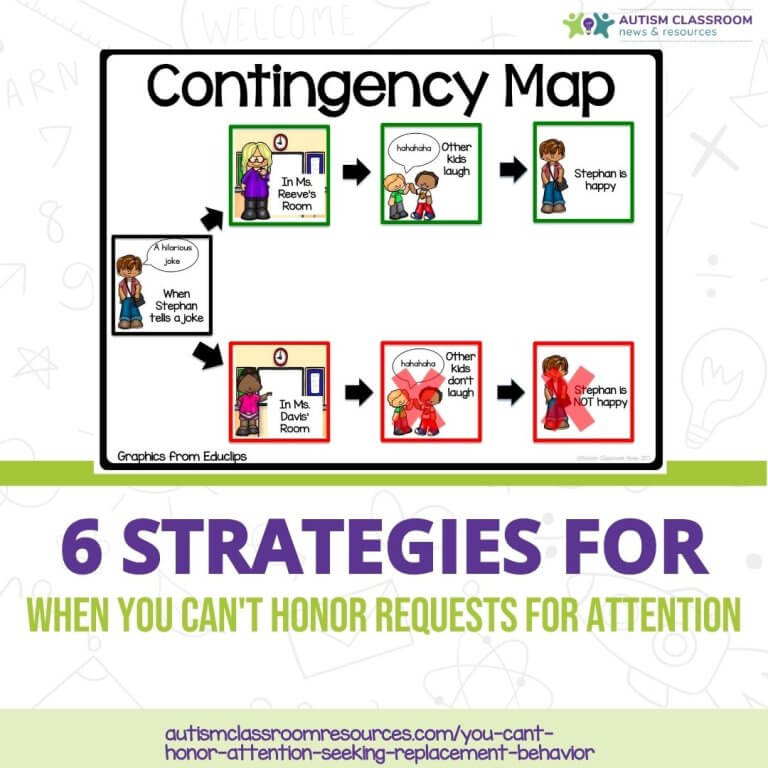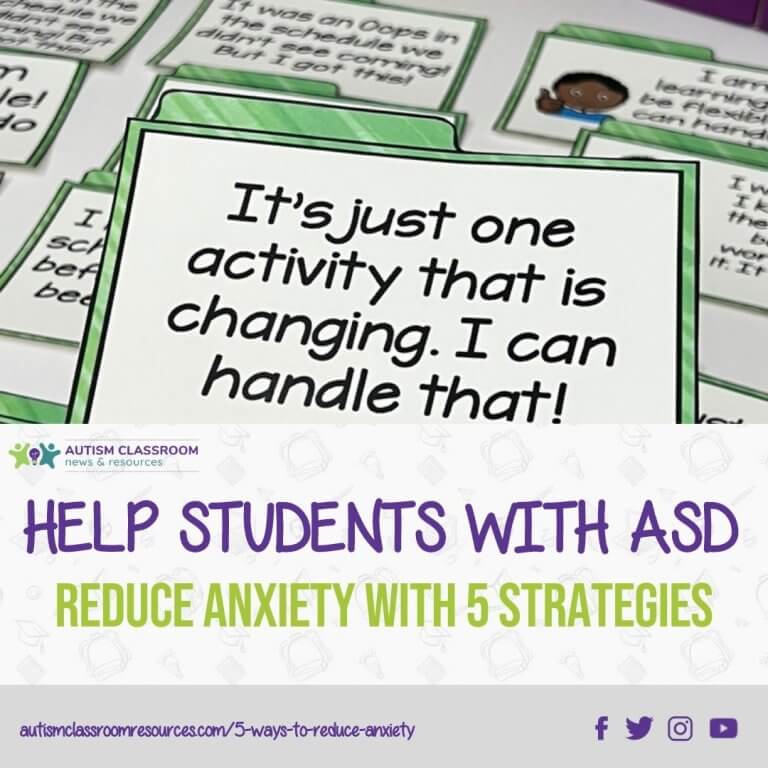Sharing is caring!
 |
| Thanks to Lovin’ Lit and Melonheadz for clipart. |
To see other posts in this series, click HERE.
One of the characteristics I talked about that were important for a behavior support plan is that it is developed by a team. There are a number of reasons why the use of a team of people is important to create better, more effective behavior support plans. And there are a number of things to consider when working with a team. So before we embark on the different strategies we may put into the plan, let’s talk about the way we develop it.
Advantages of Team Work
1. More Ideas
One advantage is the simple fact that the more people you have addressing a problem, the more ideas you come up with. The more people you have throwing out ideas, the more likely you are to come up with something that works. Even if you start out with ideas that seem crazy, you might come across something that you realize might work. There is always more than 1 solution for every problem. You just have to figure out what they are.
2. More Creative Problem Solving
In addition, the sharing of ideas by multiple people on a team probably will trigger more creative thinking. I always think back many many years ago to a meeting I had with a teacher, and autism support mentor and a parent about the problem behaviors of a student we all worked with. He was a very head-strong first grader. He was great at training up the staff and his family to make things his way–because his tantrums were so aversive to all of us that we worked to avoid them. (Remember our behavior is changed in the same way as the child’s–behavior analysis isn’t a one-way process). We were all sitting around just talking about the data we had, the video we had taken of parts of his day, and his behavior at home as well as his strengths and weaknesses. At some point in the discussion of the data, we realized that if he had a good morning, he had a better afternoon. On mornings that didn’t go well, his behavior deteriorated throughout the day and he engaged in self-injury of banging his head on the tile floor by the end of the day. So someone (I can’t tell you who and couldn’t at the time it happened either) suggested the idea of structuring his morning to be more successful. Someone else threw out the idea that he really liked to be in control and tell people what to do. So we (as a team) thought of ways to give him that control and choice. We decided to start out his day by letting him choose the first activities of his day. And it worked. And even in the meeting, I don’t think there was a single one of us that could tell you who said what, whose idea led to the idea for the plan, or who led the meeting. It was a perfect synthesis of one idea sparking another, adding to another, etc. The more people you have thinking, the more creative your thinking might be!
3. Creates a Technically Adequate Plan that has Contextual Fit
This is the one that I think is most critical. A behavior support plan has to have two critical components married to each other. It has to be technically adequate and it has to have good contextual fit.
Technical adequacy comes from having strategies based on the principles of applied behavior analysis. This should help to create a plan that is effective at addressing the function of the behavior. But that’s not the whole story of what you need.
Contextual fit comes from strategies that can be implemented in the environment in which the individual lives and works. Contextual fit is affected by a variety of variables that include training, skills, and knowledge of the implementers, time available for implementation, competing activities (e.g., like attention to other students or siblings), and how accepted the interventions are by the people implementing it (i.e., if I don’t believe in token systems, that might be a solution I don’t implement accurately). [Disclaimer: Yes, I do believe in token systems.}.
Benazzi, Horner & Good (2006) found that when you had a behavioral expert write the behavioral support plan and then ask the staff to implement the program, it resulted in a plan that was highly technically proficient and addressed the function of the behavior. However, the plan wasn’t implemented well, making it ineffective despite the fact that the strategies should have worked.
On the other hand when they had a team made up of the stakeholders who knew the individual well and would implement the plan but didn’t have someone who was skilled in ABA, the plan was implemented but it wasn’t effective because the strategies were not based on the FBA information and not a good technical plan.
Take Home Message?
Behavior plans are best developed by teams that include someone who has strong knowledge in the principles of ABA AND the classroom staff AND the family all of whom know the person best and will have to implement the plan. The team then works together and chooses strategies that are a good match for the FBA information AND that can be implemented in the context of school and home. Again, not every strategy is going to fit every situation. We can do things in a clinic setting or a home setting that we can’t do at school. Conversely there are things we can do at school (like a highly structured schedule that is very consistent) that may be hard to do at home. The team then has to work together to generate strategies that meet both needs.
One final note on this topic, I had a great question by a reader on one of my earlier posts regarding what to do when a school doesn’t have a behavior analyst / specialist role in their schools. Having expertise in ABA does NOT mean that teachers, speech pathologists, and other professionals who HAVE training in behavior analysis cannot serve that role. Some problems will be best addressed by someone who is certified and/or licensed in behavior analysis. Typically those are problems of severe self-injury and aggression and don’t make up the majority of issues that are dealt with at schools. While having a BCBA on staff is definitely helpful (I’m a BCBA and I think we are helpful), other professionals can serve the role of the person with behavioral expertise as long as they have had good training in the principles of behavior. If there is no one on staff with that expertise, then adding a behavior analysis position or finding a consultant who can provide that expertise and training other members of the staff would be the way to go.
So, how do we pull all these people together and have a successful meeting that doesn’t become a day-long festival of admiring the problem? That is where I will pick up in the next post later this week. In the meantime, I will be posting updates from the Autism Society National Conference later this week through Twitter, Instagram and Facebook as well as presenting about behavior support plans.
Until next time,









